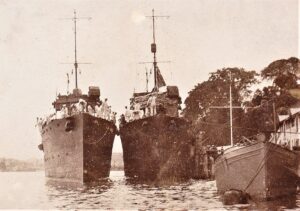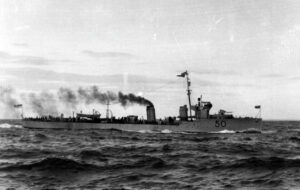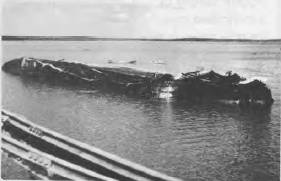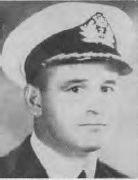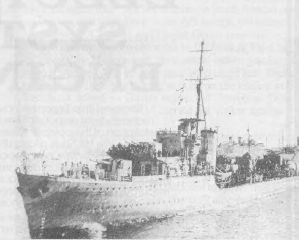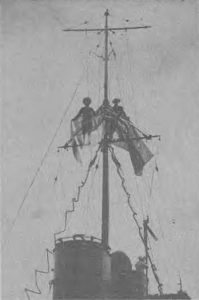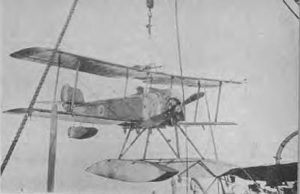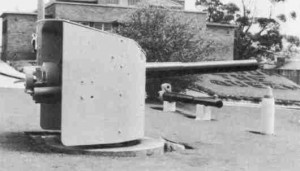You must be a logged-in member to view this post. If you recently purchased a membership it can take up to 5 days to be activated, as our volunteers only work on Tuesdays and Thursdays. If you are not a member yet or your membership just expired you can Join Now by purchasing a new membership from the shop. ...
HMAS Swan I
Occasional Paper 159: River Class Torpedo Boat Destroyers
You must be a logged-in member to view this post. If you recently purchased a membership it can take up to 5 days to be activated, as our volunteers only work on Tuesdays and Thursdays. If you are not a member yet or your membership just expired you can Join Now by purchasing a new membership from the shop. ...
The Attack on Darwin – A Pictorial Record
Obituary: Rear-Admiral H.A.S SHOWERS, CBE
The RAN’s Destroyers
The RAN in the Black Sea
IN 1918 the Allies had cast their lot with the White Russians in the savage civil war which was raging in Russia. They offered to give support to any state ...
HMAS Parramatta: First Born of The Commonwealth Navy
Australian Naval Aviation – Part 1
THE HISTORY OF WORLD naval aviation began, tentatively, in the lighter-than-air era. As far back as November 1861, during the American Civil War, the Union Army – employing maritime techniques – released the Washington balloon from a remodelled coal barge, the G.W. Parke Curtis, to observe the enemy at Budd’s Ferry. ...
Emden-Sydney Relics at Penguin
Relics of SMS Emden bask in the sunshine on the lawn of HMAS Penguin at Balmoral, Sydney. The principal relic is one of the German cruiser’s ten 4 1 inch ...
Australian Naval History on 4 December 1939
The 20th Minesweeping Flotilla, HMA Ships SWAN, YARRA, ORARA, and DOOMBA, commenced operations on the east coast of Australia. ...
